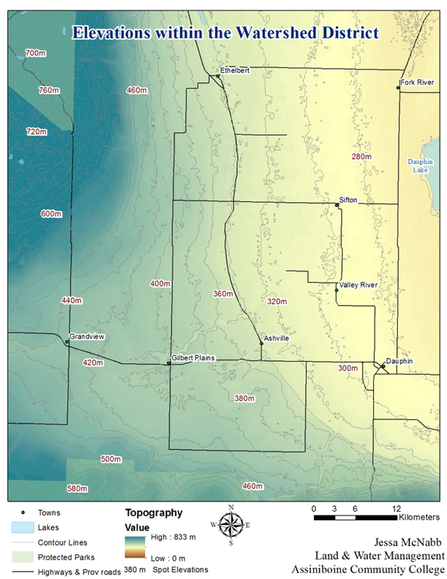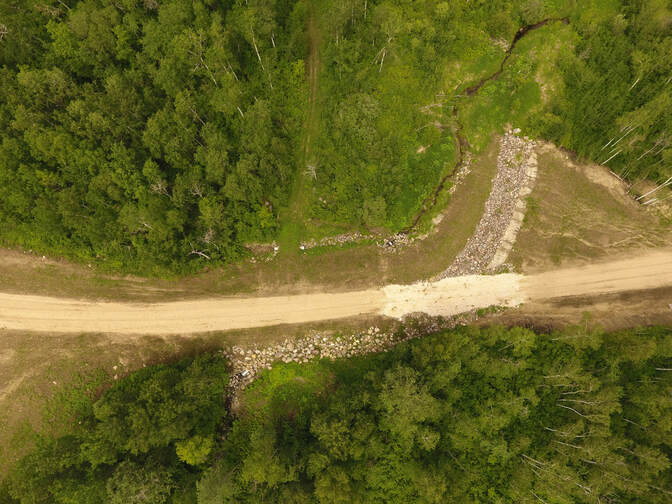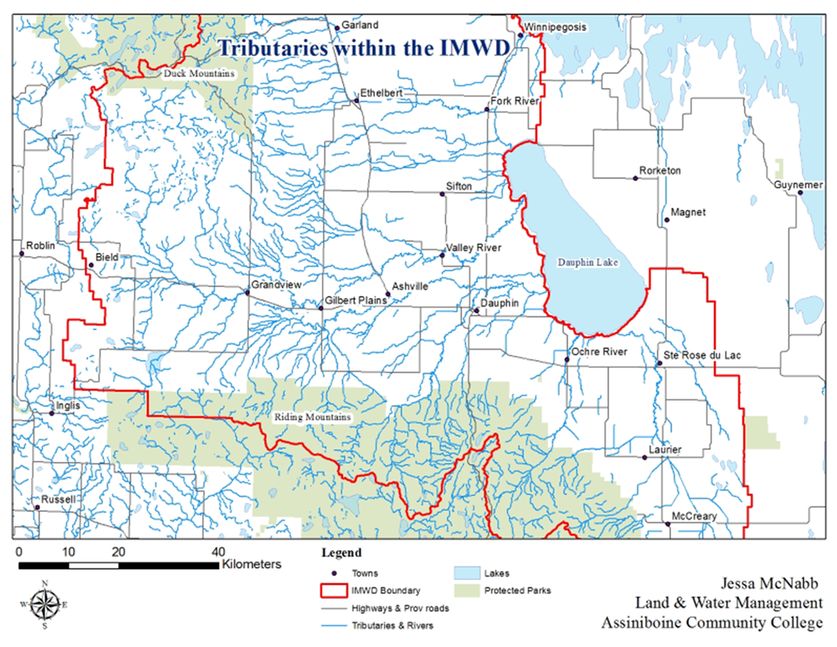The Goal
The goal for the Inter-Mountain Watershed District is to reduce the flows up to 10% by implementing dry dams which will reduce negative impacts and flooding downstream.
The goal for the Inter-Mountain Watershed District is to reduce the flows up to 10% by implementing dry dams which will reduce negative impacts and flooding downstream.




